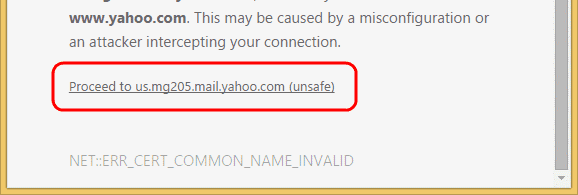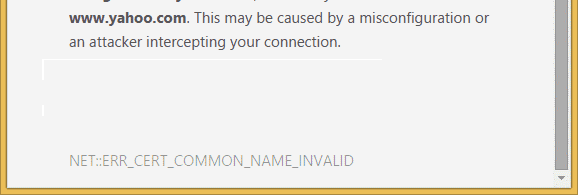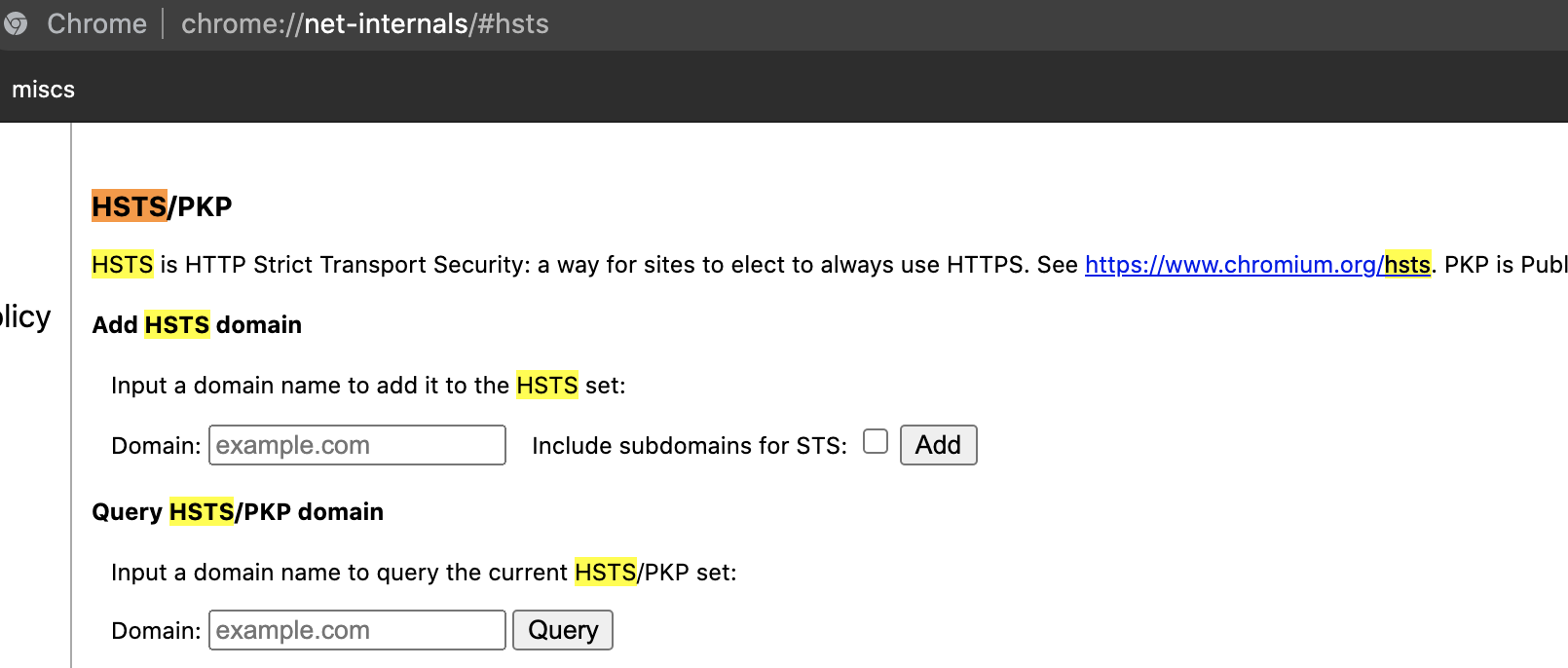How to resolve the 'no proceed to xxx link shown' issue when using chrome to access a website with a private self-signed certificate?
1. Purpose
In this post, I will demonstrate how to resolve the no proceed to xxx link shown issue when using Chrome to access a website with a private self-signed certificate.
2. Environment
- Chrome
3. The Problem
Normally, when we try to access a website with a self-signed certificate, we would get this warning:

However, sometimes, we get the following warning, which does NOT have the proceed to xxx(unsafe) link:

4. Solution #1
Click anywhere in the Chrome window (not in the address bar) and type: thisisunsafe.
Simply use the keyboard to enter thisisunsafe on the current page. You do not need to type it in the address bar. Once you type it, the page will automatically refresh and allow you to proceed.
You can find more information on this web page.
5. Solution #2
If a website has HTTPS redirect enabled, when you visit a website (e.g., http://xxx.io), the server will send a redirect to Chrome, and Chrome will automatically jump to https://xxx.io. On subsequent visits, even if you type http://xxx.io, Chrome will automatically redirect you to https://xxx.io. While this feature is useful, it can be problematic during development. To resolve this, you need to delete the HSTS (HTTP Strict Transport Security) record.
- Enter
chrome://net-internals/#hstsin the address bar to check if the HSTS record exists.

- If the HSTS record exists, delete it.
6. Summary
In this post, I demonstrated how to resolve the no proceed to xxx link shown issue in Chrome when accessing a website with a private self-signed certificate. The first solution involves typing thisisunsafe to bypass the security warning, while the second solution involves deleting the HSTS record if it exists. Both methods are useful for developers working with self-signed certificates during development.
Final Words + More Resources
My intention with this article was to help others share my knowledge and experience. If you want to contact me, you can contact by email: Email me
Here are also the most important links from this article along with some further resources that will help you in this scope:
- 👨💻 Chrome self-signed certificate Documentation
- 👨💻 Stack Overflow discussion on bypassing Chrome certificate errors
Oh, and if you found these resources useful, don’t forget to support me by starring the repo on GitHub!